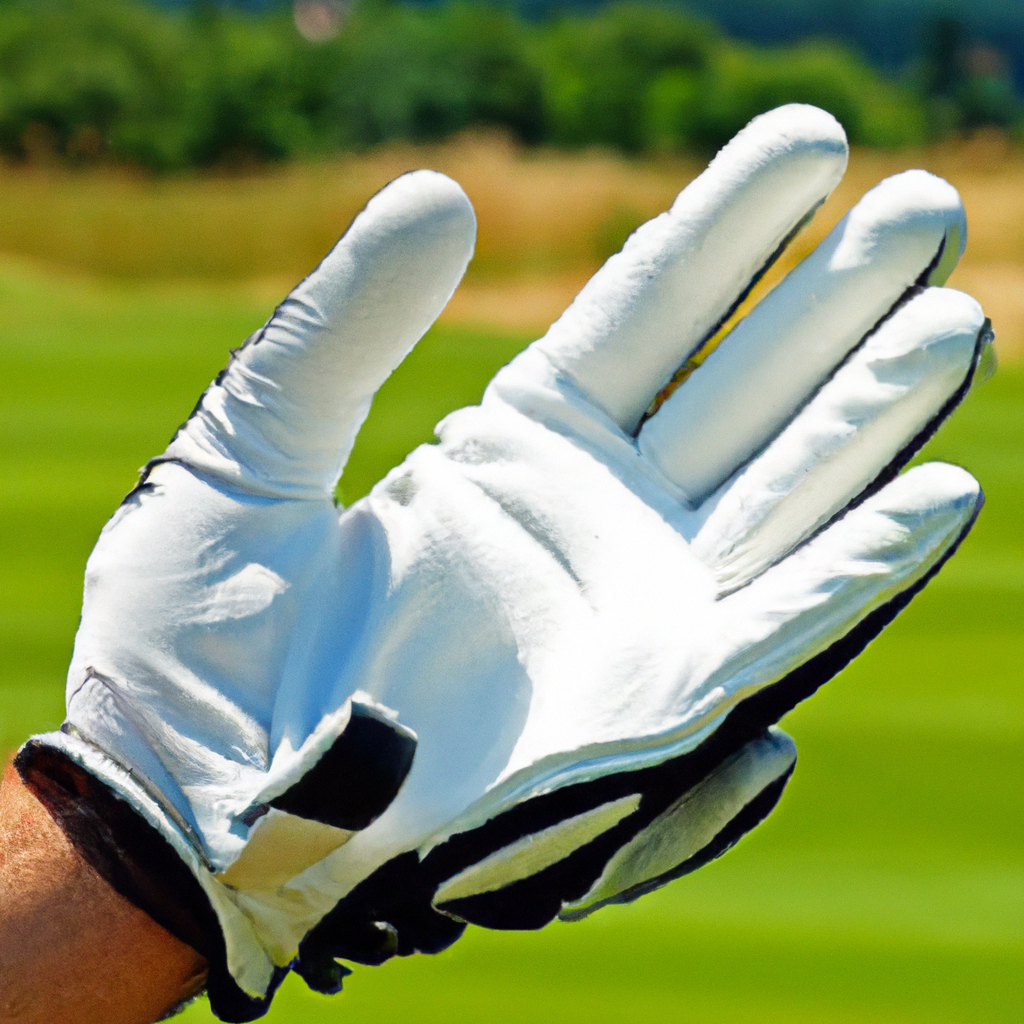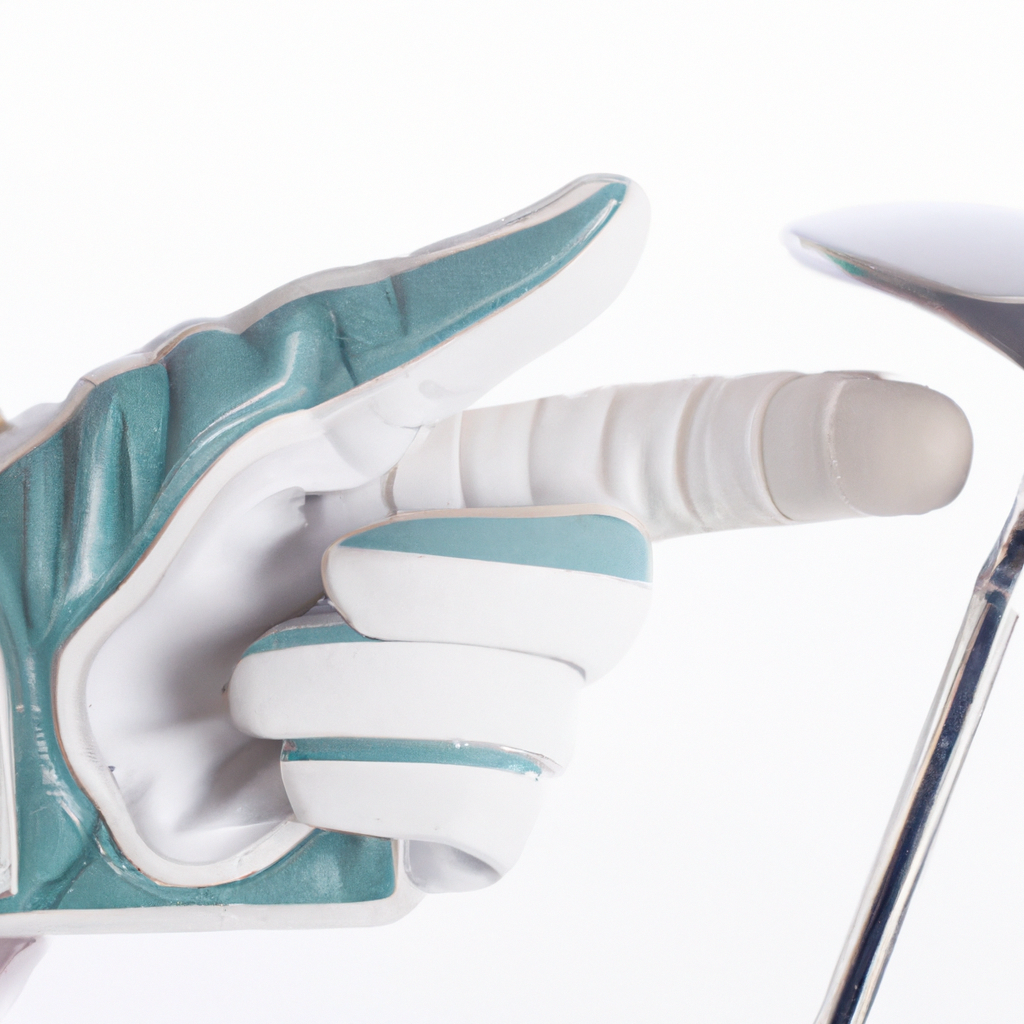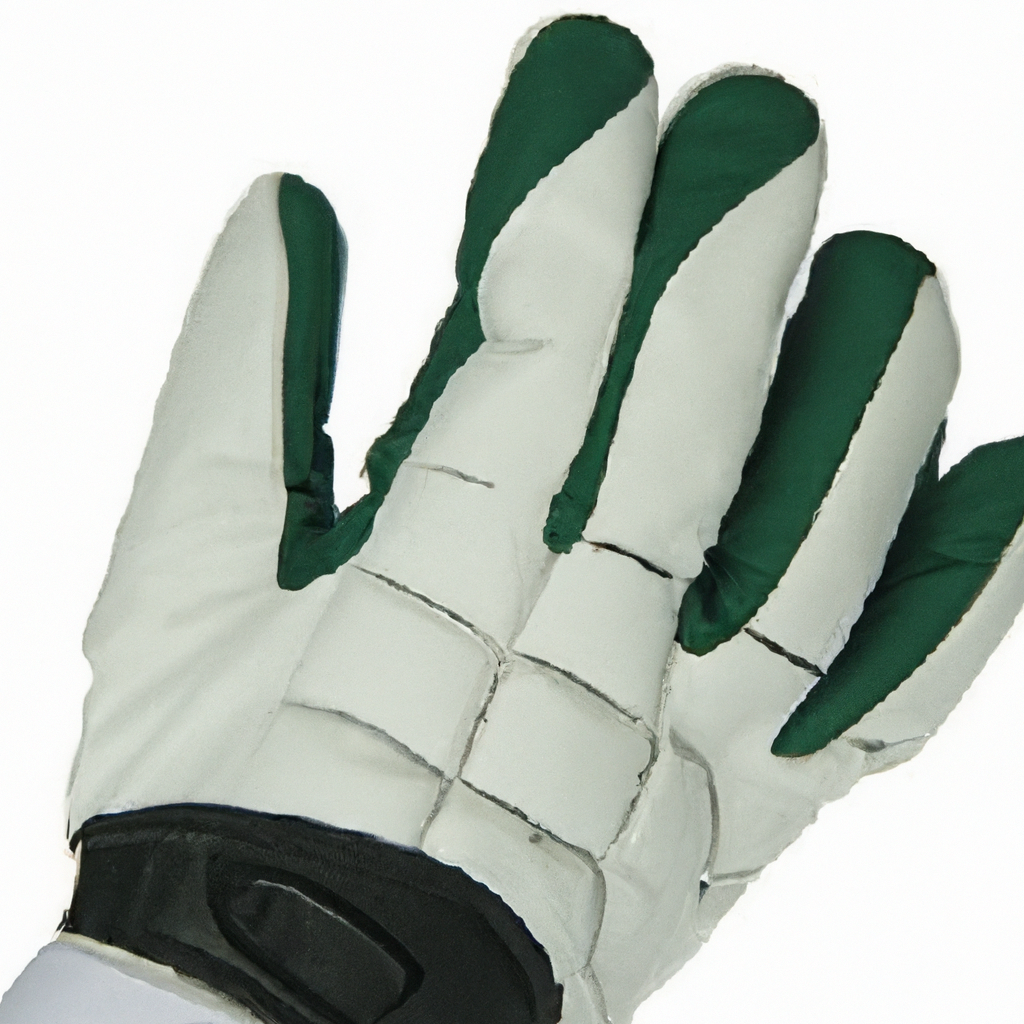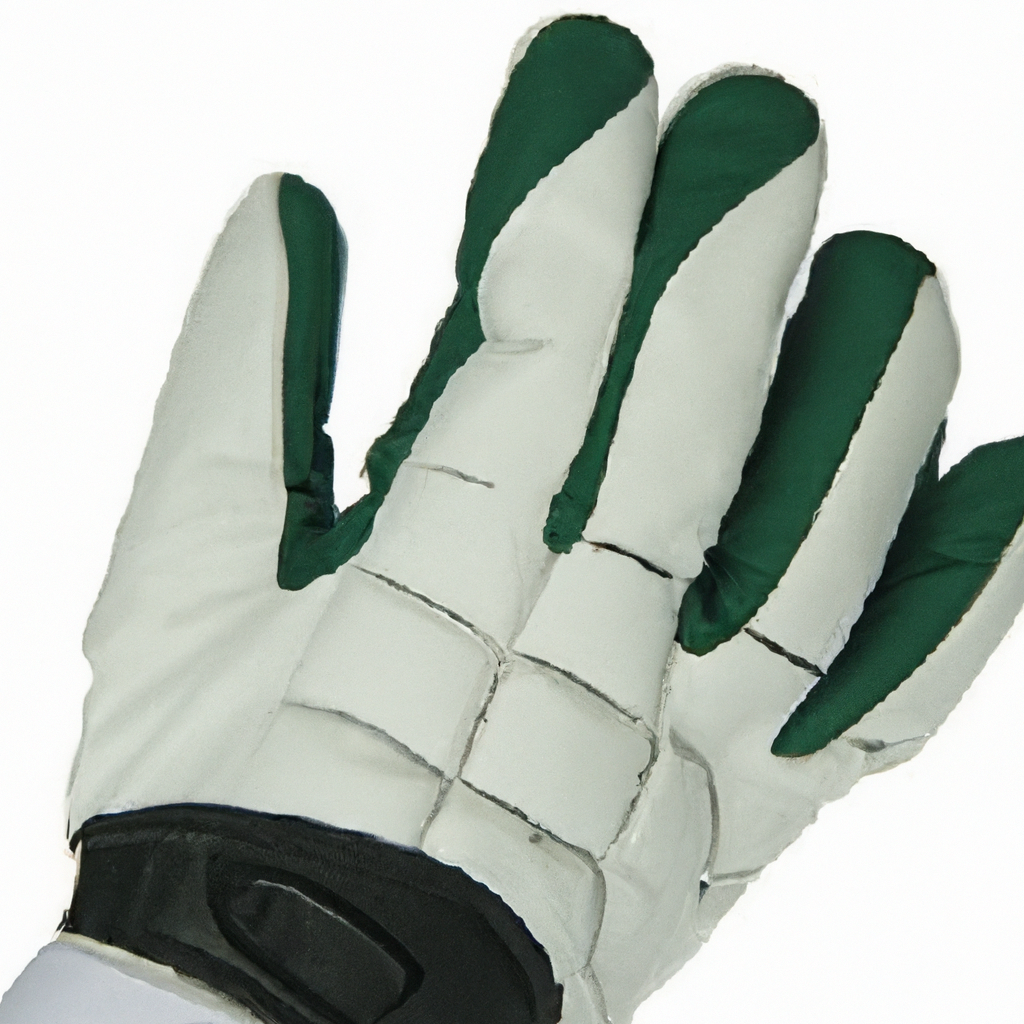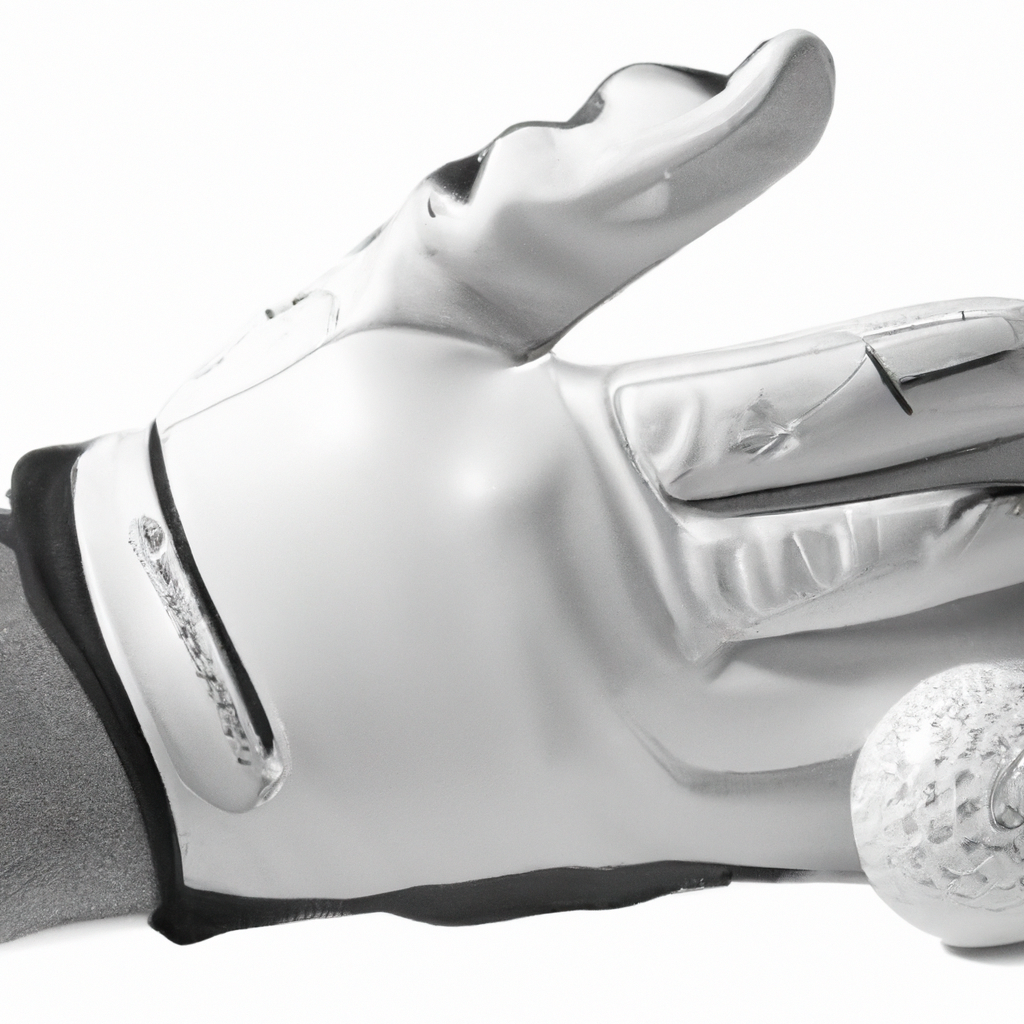Are you new to the world of golf and wondering which hand to wear a golf glove on? Well, look no further! This article will provide you with the answer you seek, ensuring that you can hit the fairways with confidence. While many assume that wearing a golf glove on their dominant hand is the way to go, the truth may surprise you. So, grab your clubs and get ready to discover the correct hand to wear a golf glove on.
Determining the Correct Hand for a Golf Glove

Factors to Consider
When it comes to determining the correct hand for a golf glove, there are several factors that you should consider. These factors include your dominant hand, grip preference, comfort and feel, hand coverage, and weather conditions. Each of these factors plays an important role in choosing the right glove for your game.
Dominant Hand
One of the key factors to consider when choosing a golf glove is your dominant hand. If you are right-handed, it is common to wear the glove on your left hand. Conversely, if you are left-handed, you would typically wear the glove on your right hand. The dominant hand usually plays a more active role in the swing, so wearing the glove on this hand can provide better control and grip.
Grip Preference
Another factor to consider is your grip preference. Some golfers prefer to have a glove on their lead hand (left hand for right-handed golfers) to enhance their grip strength and control. On the other hand (pun intended), some golfers find that wearing a glove on their trailing hand (right hand for right-handed golfers) helps them maintain a more consistent grip throughout their swing. It ultimately comes down to personal preference and what feels most comfortable for you.
Comfort and Feel
Comfort and feel are essential aspects to consider when choosing a golf glove. You want a glove that fits snugly to your hand, without being too tight or restrictive. It should feel comfortable and allow for a natural range of motion in your fingers. The material should be soft and breathable to prevent your hand from feeling sweaty or uncomfortable during long rounds on the course.
Hand Coverage
Hand coverage is an important factor to consider for both protection and grip purposes. A good golf glove should provide adequate coverage to your hands, especially around the palm and fingers. This coverage helps to protect your skin against blisters, calluses, and potential injuries caused by friction or excessive pressure. It also ensures a consistent grip on the club, allowing you to have better control and accuracy in your swing.
Weather Conditions
Weather conditions can greatly impact your choice of golf glove. In hot and humid conditions, a breathable and lightweight glove is preferable to prevent excessive sweating and discomfort. On the other hand, in colder conditions or when playing early mornings, a slightly thicker and insulating glove can help to keep your hands warm and maintain flexibility. It is important to choose a glove that suits the weather conditions you typically play in to ensure optimal comfort and performance.
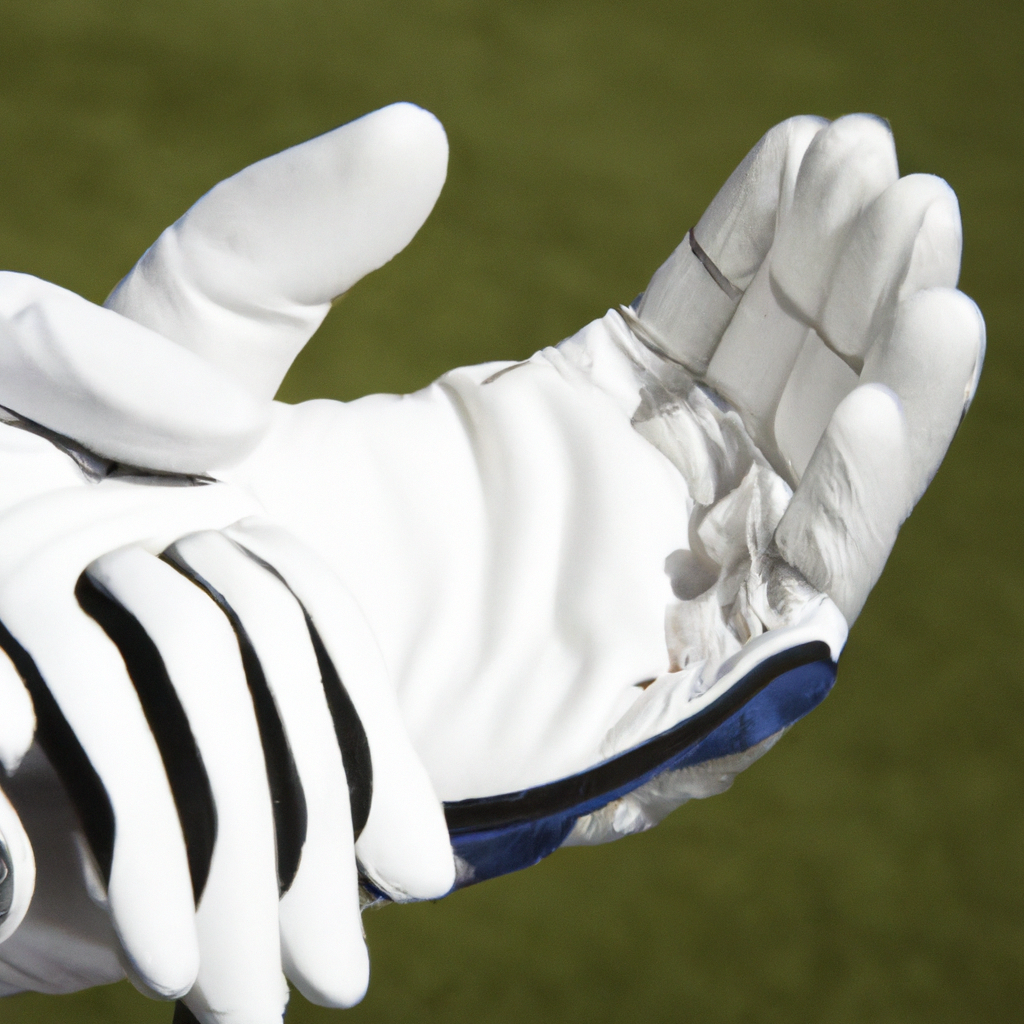
The Role of Golf Gloves
Now that we have discussed the factors to consider when choosing a golf glove, let’s delve into the role that golf gloves play in your game. Golf gloves are designed to enhance grip, offer protection, and prevent blisters and calluses during your swing. Let’s explore why wearing a golf glove is important.
Importance of Wearing a Golf Glove
Enhanced Grip
One of the primary reasons to wear a golf glove is to enhance your grip on the club. The material on the palm and fingers of the glove provides additional friction between your hand and the club, resulting in a more secure and consistent grip. This improved grip ensures that the club doesn’t slip during your swing and helps you maintain better control over the clubface, leading to more accurate shots.
Protection
Golf gloves also offer protection to your hands. As you swing the club repeatedly, there is the potential for friction and pressure to cause blisters, calluses, or even injuries. The golf glove acts as a barrier between your hand and the club, reducing the likelihood of these issues. Additionally, the glove can offer some protection against the elements, such as the sun’s harmful UV rays or cold temperatures, depending on the materials used.
Preventing Blisters and Calluses
One of the most common issues golfers face is the formation of blisters and calluses on their hands. These can be painful and affect your grip, leading to inconsistent swings and potential discomfort during your game. Wearing a golf glove can help prevent the formation of blisters and calluses by reducing friction and providing a layer of cushioning between your hand and the club.
The Left Hand Golf Glove
Explanation
For right-handed golfers, the left hand golf glove is the standard choice. This means that the glove is worn on the left hand, which is the leading hand in the swing. By wearing the glove on the left hand, right-handed golfers can benefit from enhanced grip and protection, allowing them to have more control over their shots and reduce the risk of injury or discomfort.
Reasoning
The reasoning behind wearing the left hand golf glove for right-handed golfers is rooted in the fact that the left hand plays a more active role in the golf swing. It is responsible for controlling the club and dictating the path and face angle. By wearing the glove on the left hand, golfers can ensure a secure and consistent grip, enhancing their ability to control the clubface and produce accurate shots.
Benefits
Wearing a left hand golf glove offers several benefits for right-handed golfers. Firstly, it provides enhanced grip and control, enabling you to maintain a stable hold on the club throughout your swing. This increased grip translates to better consistency and accuracy in your shots. Additionally, the glove offers protection against blisters, calluses, and potential injuries caused by friction, ensuring that you can enjoy your golf game without discomfort or pain.
The Right Hand Golf Glove
Explanation
For left-handed golfers, the right hand golf glove is the preferred choice. Wearing the glove on the right hand provides the same benefits as the left hand golf glove for right-handed players, ensuring enhanced grip and protection. It allows left-handed golfers to have greater control over the clubface and improve their overall performance on the course.
Reasoning
The reasoning behind wearing the right hand golf glove for left-handed golfers follows the same logic as wearing the left hand golf glove for right-handed golfers. The trailing hand (right hand for left-handed players) plays a crucial role in the swing, providing stability and control. By donning a glove on the right hand, left-handed golfers can maintain a secure grip and enhance their ability to control the clubface, resulting in more accurate shots.
Benefits
Wearing a right hand golf glove offers left-handed players the same benefits as their right-handed counterparts. The glove provides an improved grip, allowing left-handed golfers to maintain control throughout their swing and produce more consistent shots. Additionally, the glove protects against blisters, calluses, and potential injuries caused by friction, ensuring a comfortable and enjoyable round of golf.
Common Misconceptions about Golf Gloves
While the topic of golf gloves may seem straightforward, there are a few common misconceptions that should be addressed.
Ambidextrous Golfers
Some golfers may consider themselves ambidextrous, meaning that they can comfortably play with either hand as the lead hand in their swing. In such cases, the golfer may choose to wear a glove on their non-dominant hand for enhanced grip. This decision ultimately comes down to personal preference and what feels most comfortable for the individual golfer.
Mismatched Gloves
Another misconception is the idea of wearing mismatched gloves, where a right-handed golfer wears a glove on their right hand or a left-handed golfer wears a glove on their left hand. This practice is not recommended as it hinders the intended benefits of a golf glove. Wearing the glove on the non-dominant hand provides better grip and control, regardless of whether you are right or left-handed.
Wearing No Glove
Some golfers may choose not to wear a glove at all, relying solely on the natural grip of their hand. While this is a personal choice, wearing a golf glove is generally recommended for the enhanced grip, protection, and prevention of blisters and calluses. It is important to weigh the potential benefits against the potential risks and discomfort of not wearing a glove.
Choosing the Correct Fit
Now that we have covered the reasons for wearing a golf glove and the considerations for selecting the correct hand, it is essential to understand how to choose the right fit for your glove.
Measuring Hand Size
To find the correct fit, start by measuring your hand size. Manufacturers typically provide sizing guides that correlate hand measurements with glove sizes. It is essential to accurately measure the circumference of your hand, just below the knuckles, as this measurement will determine the appropriate glove size for you.
Comfortable Snugness
When trying on golf gloves, look for a fit that is snug but not overly tight. The glove should feel secure on your hand, without restricting movement or feeling uncomfortable. A snug fit provides better control and prevents excess movement or slipping during your swing, ensuring optimum performance.
Full Finger Coverage
Ensure that the golf glove offers full finger coverage. The fingers should reach the end of the glove comfortably, with no excessive material at the fingertips. Proper finger coverage allows for better grip and control over the club, minimizing the risk of the club slipping or twisting during the swing.
Proper Length
Consider the length of the glove when selecting the correct fit. The cuff of the glove should extend far enough up your wrist, covering the base of your hand. This ensures that there is no exposed skin during your swing and adds extra support to the wrist area, enhancing stability during your shots.
Avoiding Excessive Bagging or Tightness
When selecting a golf glove, be mindful of any excessive bagging or tightness in the material. Excessive bagging can affect your grip and control, while tightness can restrict movement and cause discomfort. It is essential to find the right balance between a secure fit and freedom of movement to optimize performance and comfort.
Glove Material and Durability
Lastly, consider the material and durability of the glove. Golf gloves are commonly made from leather, synthetic materials, or a combination of both. Leather gloves offer a soft and tactile feel, while synthetic materials provide durability and breathability. It is important to choose a glove material that suits your preferences and climate, ensuring that it provides optimal comfort and performance throughout your rounds.
Additional Considerations
In addition to choosing the correct hand and fit for your glove, there are a few additional considerations to keep in mind.
Multiple Gloves
Many golfers choose to carry multiple gloves with them during a round, especially on hot and humid days. Sweaty hands can affect grip and control, so having spare gloves allows you to switch them out as needed to maintain a dry and reliable grip throughout your game.
Replacing Worn-Out Gloves
Golf gloves, like any sports equipment, will eventually wear out over time. It is important to regularly inspect and replace gloves that show signs of wear, such as thinning material, significant stretching, or tears. Worn-out gloves can affect your grip and comfort, compromising your performance on the course.
Alternate Hand Glove Usage
Some golfers may choose to wear a glove on their non-dominant hand for specific shots or situations. For example, when faced with a challenging shot that requires added precision or control, wearing a glove on the non-dominant hand can provide an extra layer of support and confidence. Experiment with different hand glove usage to find what works best for your game.
Alternatives to Golf Gloves
While golf gloves are the most common choice for enhancing grip and reducing the risk of blisters and calluses, there are alternatives available for those who prefer different options.
Grip Enhancing Products
Various grip enhancing products are available in the market, such as grip tapes or sprays. These products can be applied directly to the club handle, providing improved friction and grip. While they can be effective, they do not offer the same level of protection and coverage as a golf glove, so it is essential to consider the trade-offs.
Hand Tapes and Bandages
Some golfers choose to use hand tapes or bandages to protect their hands or provide additional grip. These alternatives can offer targeted support or cushioning, but they can be time-consuming and may not provide the same level of comfort or coverage as a golf glove. It is essential to experiment and choose what works best for your individual needs and preferences.
Conclusion
Ultimately, the correct hand for a golf glove depends on your dominant hand and grip preference. For right-handed golfers, wearing a glove on the left hand is the standard choice, while left-handed golfers should wear a glove on the right hand. The golf glove plays a crucial role in enhancing grip, providing protection, and preventing blisters and calluses.
When choosing a golf glove, consider factors such as comfort, hand coverage, and weather conditions. Taking accurate measurements and finding the right fit is vital for optimizing performance and comfort. Additionally, be aware of common misconceptions surrounding golf gloves and explore alternatives if desired.
Remember, your choice of a golf glove is a personal one. Experiment with different gloves, alternative options, and hand usage to find what suits you best. With the right glove and fit, you can enhance your grip, protect your hands, and ultimately enjoy a more enjoyable and successful round of golf.


